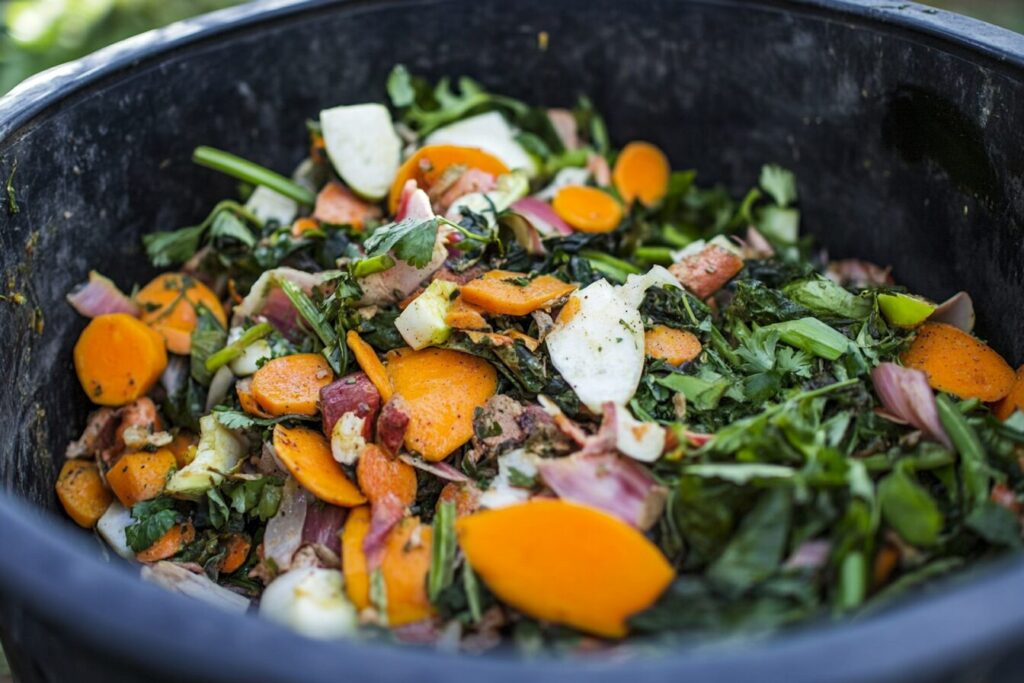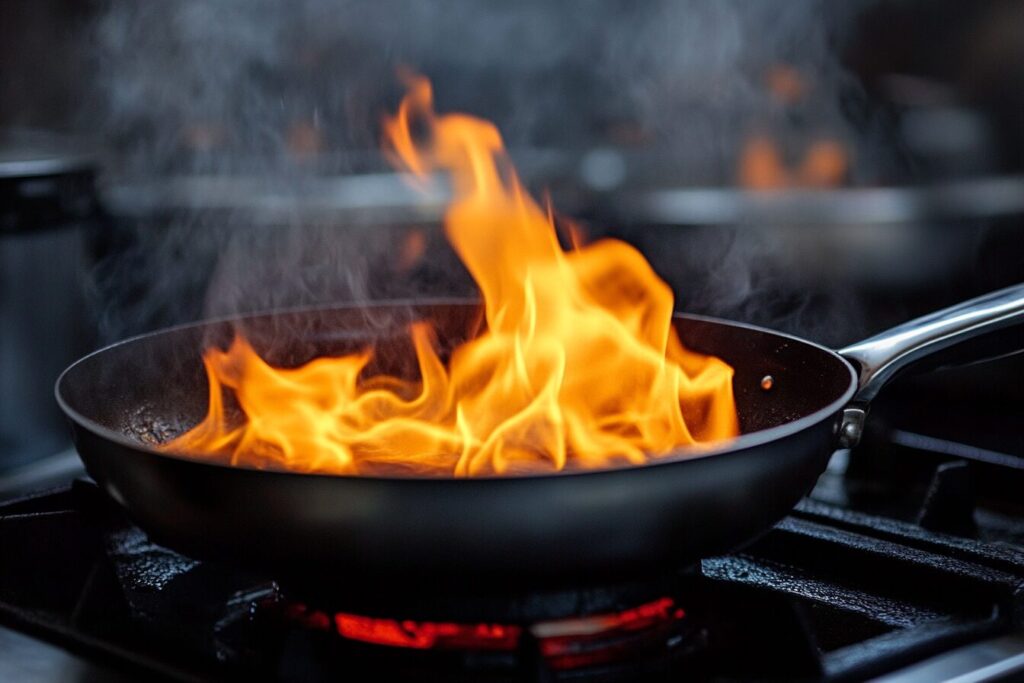Maintaining a clean kitchen is essential for both hygiene and the overall health of your household. However, many commercial cleaning products contain harsh chemicals that can pose risks to both your health and the environment. By learning how to make your own cleaning products, you can create a safer, more eco-friendly kitchen environment. This guide will walk you through the benefits of DIY cleaners, essential ingredients, and provide detailed recipes to tackle various kitchen cleaning tasks.
We are a participant in the Amazon Services LLC Associates Program, an affiliate advertising program designed to provide a means for us to earn fees by linking to Amazon.com and affiliated sites.
Why Make Your Own Cleaning Products?
Before diving into recipes, let’s explore why homemade cleaning products are a great alternative to commercial ones:
- Healthier Home Environment: Many conventional cleaners contain ammonia, chlorine, and artificial fragrances that can irritate the skin, eyes, and lungs. DIY cleaners use natural, non-toxic ingredients, reducing health risks.
- Eco-Friendly: Homemade cleaners minimize chemical pollution and reduce plastic waste since you can reuse spray bottles and containers.
- Cost-Effective: Most DIY cleaners are made with inexpensive household ingredients like vinegar and baking soda, saving you money over time.
- Customizable: You can control the ingredients and scents, ensuring your cleaning products are safe for your family and pets.
Essential Ingredients for DIY Kitchen Cleaners
To make effective natural cleaners, stock up on these powerful, multi-purpose ingredients:
- Baking Soda: A natural deodorizer and gentle abrasive that helps remove stains and grease.
- White Vinegar: A powerful disinfectant that cuts through grease, dissolves mineral deposits, and kills bacteria.
- Lemon Juice: Naturally antibacterial, helps break down grease, and leaves a fresh, citrus scent.
- Castile Soap: A biodegradable, plant-based soap that effectively removes dirt and grime.
- Essential Oils: Tea tree, lavender, and eucalyptus oils have natural antibacterial and antifungal properties, adding a pleasant fragrance.
- Hydrogen Peroxide: A safe disinfectant that kills germs and brightens surfaces.
- Olive Oil: Great for polishing and conditioning wood and stainless steel surfaces.
Safety Tips for Making DIY Cleaners
While homemade cleaners are generally safer than store-bought ones, follow these safety guidelines:
- Avoid Harmful Mixtures: Never mix bleach with vinegar or ammonia, as this can create toxic fumes.
- Use in Well-Ventilated Areas: Even natural ingredients can produce strong odors, so keep windows open when cleaning.
- Label All Containers: Clearly label homemade cleaners to avoid confusion.
- Store Safely: Keep cleaning solutions out of reach of children and pets.
- Make Small Batches: Since natural cleaners don’t contain preservatives, make just enough for a week or two to maintain freshness and effectiveness.
For more ways to create a healthier, eco-friendly kitchen, don’t miss our post on Zero-Waste Cooking Tips to Save Money and the Planet.

DIY Kitchen Cleaning Recipes
Here are some simple yet effective homemade cleaning solutions for different areas of your kitchen.
1. All-Purpose Cleaner
Ingredients:
- 1 cup white vinegar
- 1 cup water
- 10-15 drops essential oil (e.g., lemon or lavender)
Instructions:
- Combine all ingredients in a spray bottle.
- Shake well before each use.
- Spray onto kitchen surfaces like countertops, sinks, and stovetops.
- Wipe clean with a microfiber cloth.
Note: Avoid using vinegar on natural stone countertops, as the acidity can damage the surface.
2. Streak-Free Glass & Window Cleaner
Ingredients:
- 1/4 cup white vinegar
- 1/4 cup rubbing alcohol
- 1 tablespoon cornstarch
- 2 cups water
Instructions:
- Mix all ingredients in a spray bottle, shaking well to dissolve the cornstarch.
- Spray onto glass or windows and wipe with a lint-free cloth or newspaper.
3. Grease-Cutting Kitchen Cabinet Cleaner
Ingredients:
- 1 cup warm water
- 1 cup white vinegar
- 2 tablespoons baking soda
- 10 drops lemon essential oil
Instructions:
- Mix all ingredients in a bowl, stirring until the baking soda dissolves.
- Dip a microfiber cloth into the solution and wipe down greasy cabinets.
- Rinse the cloth as needed and dry with a clean cloth.
4. Natural Oven Cleaner
Ingredients:
- 1/2 cup baking soda
- 3 tablespoons water
- 1/4 cup white vinegar
Instructions:
- Mix baking soda and water to form a spreadable paste.
- Apply the paste to the oven’s interior, avoiding heating elements.
- Let it sit overnight.
- Spray with vinegar, then wipe away residue with a damp cloth.
5. Disinfecting Cutting Board Cleaner
Ingredients:
- 1/2 cup hydrogen peroxide
- 1/2 cup water
- 1 tablespoon lemon juice
Instructions:
- Combine ingredients in a spray bottle.
- Spray onto cutting boards and let sit for 10 minutes.
- Rinse with warm water and dry.
6. Stainless Steel Polish
Ingredients:
- 2 tablespoons olive oil
- 1 tablespoon white vinegar
Instructions:
- Dip a microfiber cloth into olive oil and rub onto stainless steel appliances.
- Wipe with a second cloth dampened with vinegar to remove smudges.
7. Garbage Disposal Freshener
Ingredients:
- Ice cubes
- Lemon peel
Instructions:
- Toss ice cubes and lemon peel into the disposal.
- Run cold water and turn on the disposal for 30 seconds.
Make Your Own Cleaning Products with Natural Ingredients
Knowing how to make your own cleaning products empowers you to take control of your home’s health, and is an easy, cost-effective way to maintain a healthier kitchen. With just a few affordable ingredients, you can clean every corner of your kitchen — naturally. From sanitizing your countertops to deodorizing the garbage disposal, these homemade solutions are effective, budget-friendly, and safe for your entire family.
So grab your vinegar, baking soda, and essential oils — and get ready to make your kitchen shine, the natural way. Try these diy kitchen cleaners recipes and enjoy a fresher, eco-friendly kitchen!



